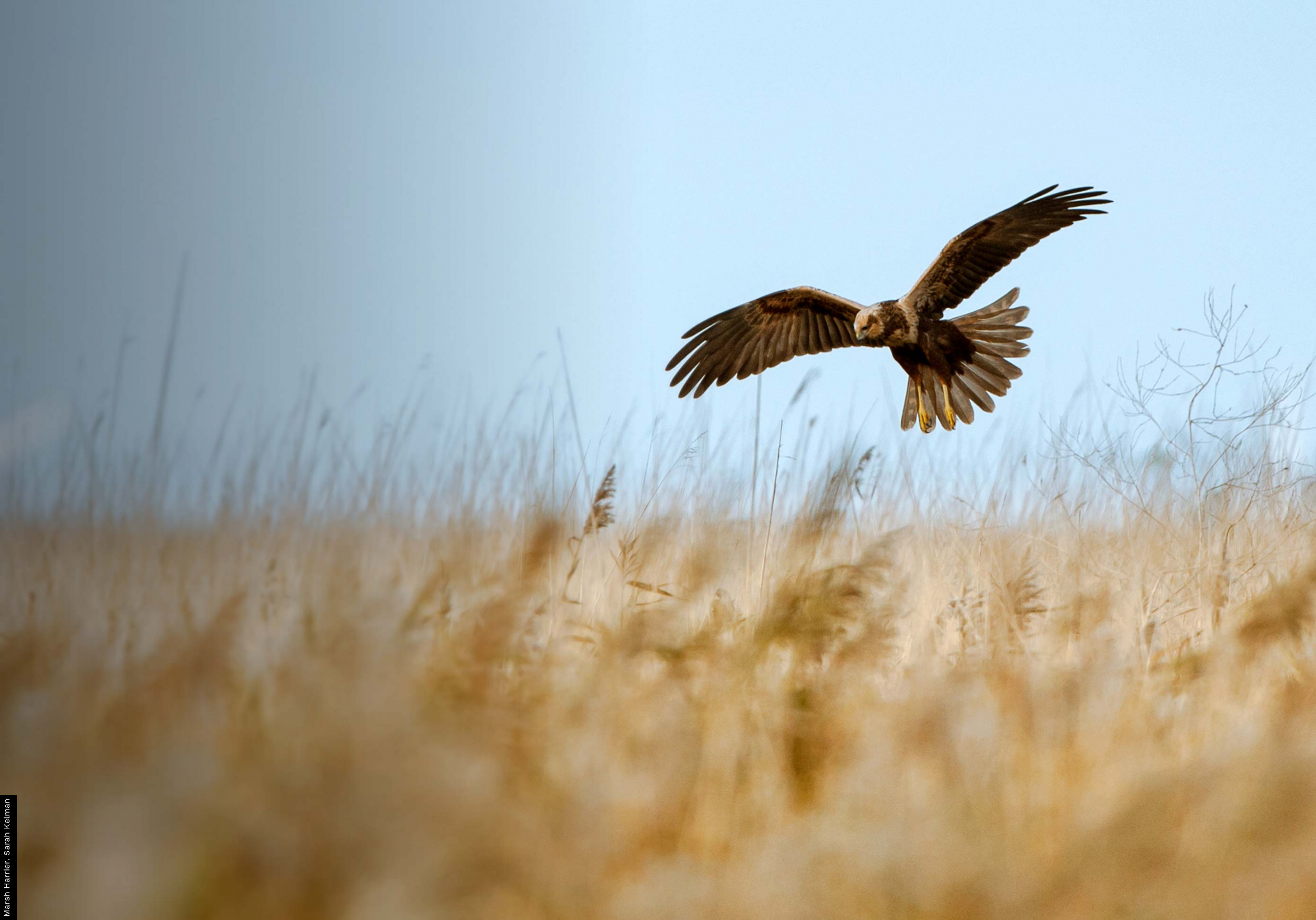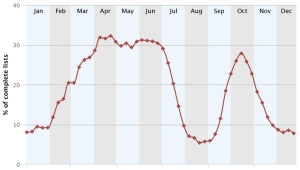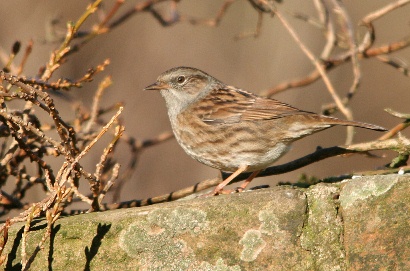Complete lists
A common BirdTrack-related question is 'what is a complete list (and is my own birdwatching / record-keeping suitable)?'
A complete list is everything you've detected and positively identified –by sight and/or sound – on a single birdwatching visit to a site. Don’t worry about the ‘ones that got away’, and do err on the side of caution when trying to identify unfamiliar species or birds seen or heard very briefly / distantly. Our analyses take account of the fact that in any given complete list, there are likely to be a few apparently 'obvious' species missing.
Beginner birdwatchers’ complete lists might not be as comprehensive as those of experienced birdwatchers for the same location. However, this does not adversely affect the results and provides important information about variation between observers.
There is no minimum number of species for a complete list because some places (such as upland areas) have very low species diversity, nor is there a minimum time period for a visit. However, complete lists should reflect a reasonable effort at / chance of detecting the majority of species likely to be present. Short visits to species-rich sites, for example, are not suitable for gathering complete lists because many species present are likely to be missed. Similarly, if weather conditions are bad enough to hinder your ability to detect many of the species you suspect are present, please don’t mark your list as complete.
Why and how
Complete lists are extremely valuable because the proportion of lists containing a given species provide a good measure of how frequently that species is being detected at any point in the year. This in turn helps to monitor arrival and departure times of migratory species, whilst also providing fascinating insights into the within-year changes in detectability of ‘resident’ species such as Skylark (see graph, right).
To submit a complete list, login then click Species list in the Add records menu. After you’ve entered the visit details (site, date and, optionally, time, weather notes etc), either simply record the presence of each species you encountered by using the tick box, or enter a count of individual birds if you made one. Please include a start and end time whenever possible: this adds important information about effort.
Before submitting the species list, check the tick box at the top or bottom of the form to mark it as a complete list.
Note that if you are recording certain species as part of a structured survey (e.g. waterfowl for a WeBS count) and want to submit a BirdTrack complete list for the same visit, you must include any records of the surveyed species on the complete list, as well as on the submission for the structured survey.
Garden listing
Complete lists are designed to capture records from active birdwatching. The records from an hour or two of concerted birdwatching in / from your garden are therefore suitable to enter as a complete list. However, a day’s worth of records of birds seen from inside the house, noted whilst you are doing other daily activities, are not suitable because there are likely to be several species – such as any flying over (e.g. raptors) or those usually detected by sound (e.g. Cuckoo) – which will often be missing from such lists. Dunnock (pictured right) is another example; easy enough to detect from indoors when they're out on the lawn or perched up in view, but likely to go unrecorded if they are out of sight and you can't hear their scratchy song or insistent 'seep' calls through the double-glazing! Please enter records collected in this way as incomplete lists (by leaving the complete list box unticked) or casual records.
If you would like to maximise the value of your week-to-week garden bird observations, please consider taking part in BTO Garden BirdWatch.















Share this page